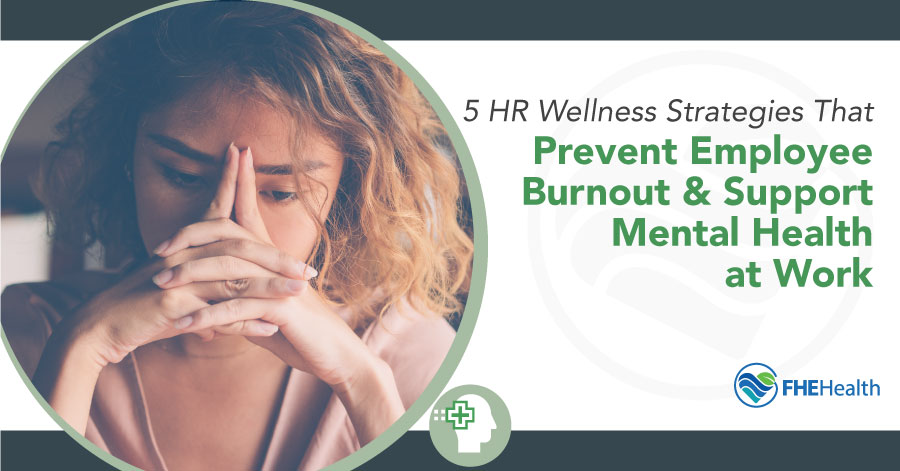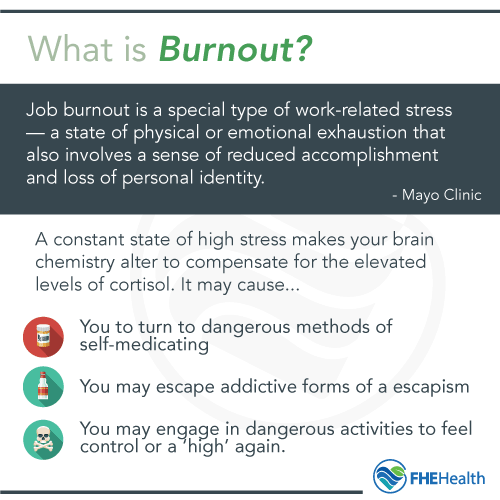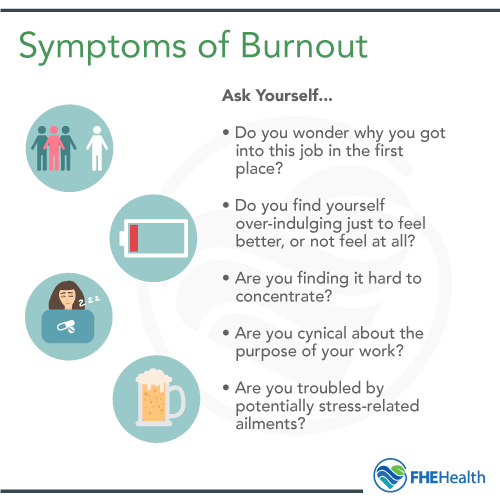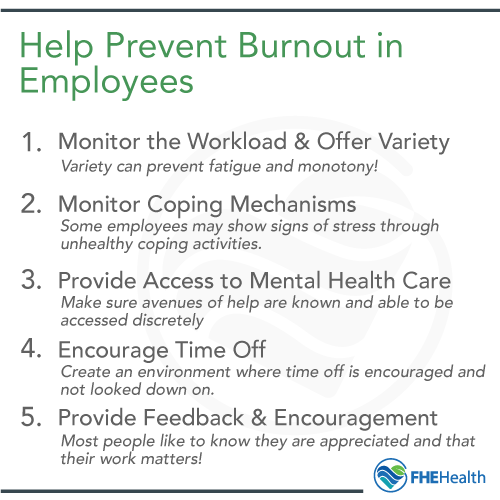
You know how important it is to maintain employee satisfaction, especially in industries where it’s hard to find talented employees. Yet, a common reason people leave employers is because of burnout.
As a person who works hard yourself, you can recognize what burnout feels like. You don’t want to go to work, you don’t want to deal with another complaining employee, and you’re angry and overwhelmed all of the time.
The same thing happens to employees. A skilled manager who can pinpoint the signs of employee burnout may be able to minimize the risk.
What Is Burnout and Why Does It Happen?
 Burnout means being overcome with stress. Even if you believe your employees don’t have too much work, you don’t know their thought processes. Very commonly, a lack of work-life balance makes employees feel pulled in too many directions and unable to accomplish everything.
Burnout means being overcome with stress. Even if you believe your employees don’t have too much work, you don’t know their thought processes. Very commonly, a lack of work-life balance makes employees feel pulled in too many directions and unable to accomplish everything.
Burnout happens when they can no longer do it all and start to give up. It’s a mixture of stress, anxiety, depression and exhaustion.
It takes more than just a day off here and there to make it better. As an employer, it’s up to you to recognize when this is happening so you can prevent your employee from simply checking out, doing inferior work or leaving the position.
Symptoms of Burnout at Work
 How can you tell if an employee is experiencing burnout? Employee burnout becomes evident as it gets worse and harder for a person to hide. Keep in mind that employees know they have to do a good job, and most want to do so.
How can you tell if an employee is experiencing burnout? Employee burnout becomes evident as it gets worse and harder for a person to hide. Keep in mind that employees know they have to do a good job, and most want to do so.
They conceal their high stress levels to preserve their job. If you notice any of these signs of job burnout, take action:
- They’re detached from the project or goals.
- They’re anxious more often.
- Their productivity and performance have dropped.
- They seem tired all of the time.
- They lack that creative spark.
When you see this, talk to your employee about what’s happening. It’s important not to be critical or to tease. Instead, be supportive.
Effects of Burnout on Mental Health
Stress leads to burnout. When stress is constantly present, it creates a dire situation within the body and brain.
Stress hormones, such as cortisol, increase, and if this persists for a long time, the person’s health is put at risk. Consistently high cortisol levels can cause changes in the brain and create mental health issues.
In some cases, stress and burnout can lead to outbursts. In others, they cause anger or panic attacks.
Some people become very despondent and, eventually, have to choose between working and living a good quality of life. Depression and anxiety are very common mental health issues that occur.
5 Employer Tips for Avoiding Employee Burnout and Supporting Mental Health
How can you support mental health at work? Consider these effective strategies for reducing burnout for your employees.
 1. Monitor the Workload of Employees and Offer Variety
1. Monitor the Workload of Employees and Offer Variety
Just because a good employee seems capable of always getting everything done doesn’t mean they should do more. If an employee continues to have project after project tossed onto their plate, some work isn’t going to have the best outcome or your employee’s mental health is going to suffer, or both.
Monitor employee workload regularly, and change things up. Offering more variety keeps an employee mentally focused. It can also encourage learning opportunities.
2. Monitor Coping Mechanisms
It’s not uncommon for employees under stress and at risk for burnout to develop unhealthy coping mechanisms. Some may turn to alcohol or drugs to help them stay alert. Others drink energy drinks to go without sleep.
These bad habits can result in eventual health issues. As many as 8% of the population suffers from mental illness and substance abuse, often due to high stress levels, according to the Substance Abuse and Mental Health Services Administration.
Encourage employees to open up about what’s happening. Don’t make it a negative situation when they talk about being under a lot of stress. They may just need help to organize their day or structure projects more efficiently.
3. Provide Access to Mental Health Care
There are several things to consider here. First, be sure your employee’s health benefits, when available, provide access to good mental health care.
This can help those who have are predisposed to depression, anxiety, PTSD and other mental health issues stay healthy. Mental health is just as valuable as physical health.
Second, encourage mental health breaks. This may include letting employees take a day off, separate from their sick days, when they need a mental break due to stress or a family concern. It should be seen as a valuable opportunity for your employee to regroup and focus on reducing stress.
4. Encourage Employees to Take Time Off
Many employers provide vacation time. Employees often get sick time too. If you notice an employee rolling their time off into the next year or trying to cash it out, take it as a sign they’re working too much and too long without a break.
Some employers make it a rule that employees must use their time off. This ensures employees are getting the care they need.
It can also support better work and home life balance. Some employers encourage employees to plan for this time off throughout the year, creating opportunities for routine breaks.
5. Provide Consistent Feedback, Encouragement and Personal Support
Create an open environment for you and your employees to communicate about problems, such as a policy that lets employees discuss issues in an open environment without the risk of repercussions.
It’s also important to be willing to offer feedback and support to your employees when you see the warning signs of burnout. Recognize the value of protecting employee mental health. Teach your management team to react to employee needs too.
Do You Have an Employee You’re Worried About?
Employee burnout can create serious mental health problems. If you believe an employee would benefit from our mental health care, contact FHE Health today. Our counselors are available 24 hours a day at (833) 596-3502.






